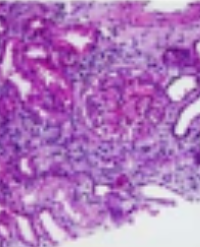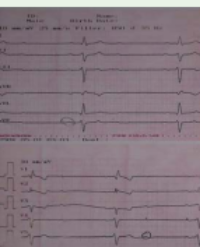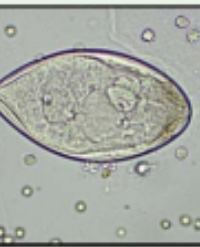
Immunoglobulin A Nephropathy and Prurigo Nodularis Predating the Diagnosis of Hodgkin Lymphoma: A Case Report
Background: The association between Hodgkin lymphoma and IgA nephropathy is rarely reported.
Case presentation: A 20-year-old Saudi female patient presented with picture of immunoglobulin A nephropathy and prurigo nodularis. The patient was treated with oral steroid for 6 months; however, by the end of the course, she developed fever, night sweet, and weight loss. Work up was positive for Hodgkin lymphoma involving mediastinal lymph nodes, which was treated with chemotherapy and radiation. Both prurigo nodularis and IgA nephropathy are in complete remission 4 years after cure of lymphoma.
Conclusion: The temporality in presentation and sustained renal remission following lymphoma treatment, may suggest a causal association. Therefore, considering underlying lymphoma in patients with IgA nephropathy may be suggested.
Keywords: Immunoglobulin A (IgA) nephropathy; Proteinuria; Prurigonodularis; Hodgkin lymphoma; Lymphoma
Core tip: The association of IgA nephropathy with Hodgkin’s lymphoma is very rare. In this case report, the temporality and persistent complete remission of proteinuria after lymphoma cure suggest a causal link.
Almalki AH¹,²* and Sadagah LF³




